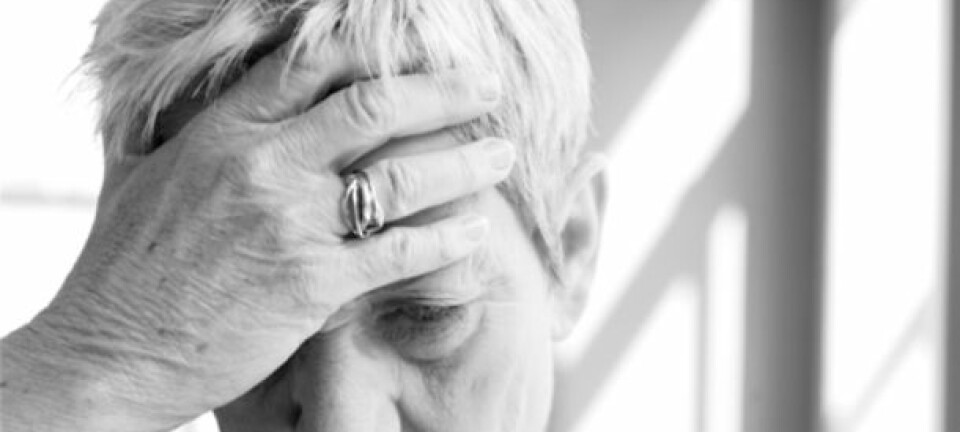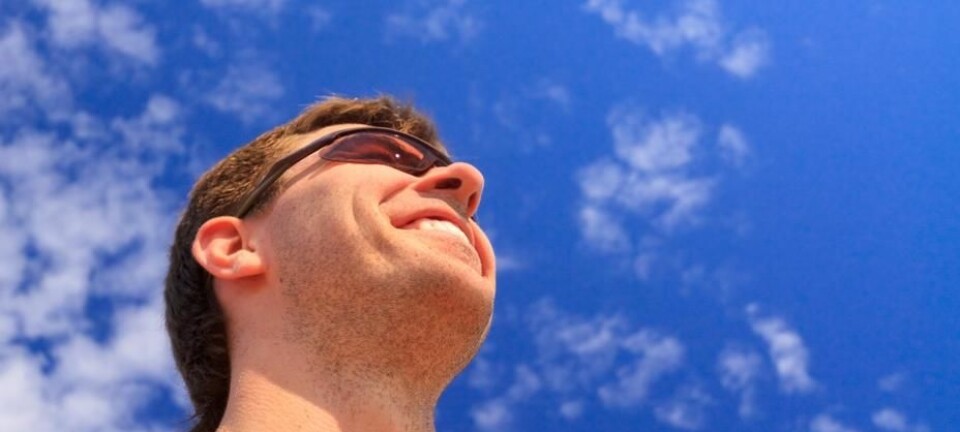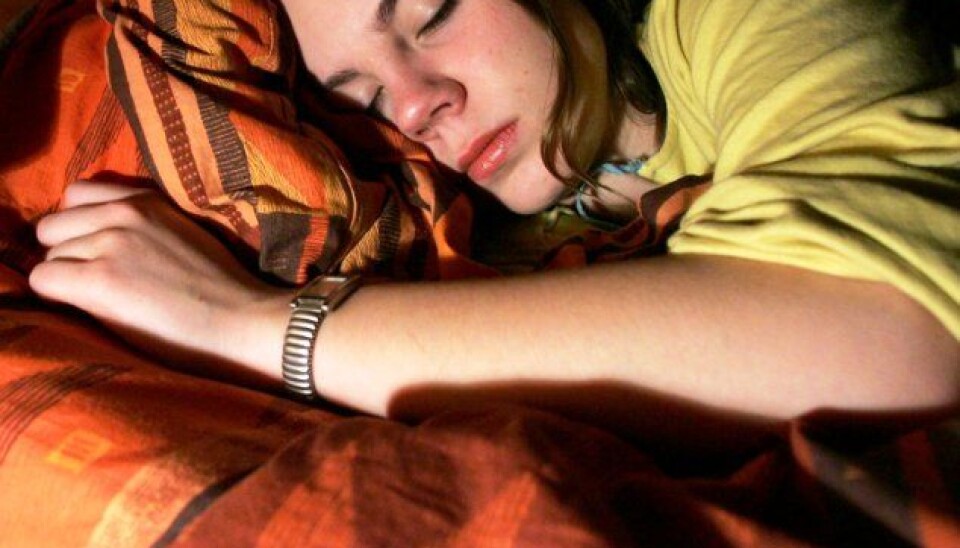
Sleeping as well in the summer as the winter
In Norway the incidence of insomnia and sleeping problems is stable, regardless of large seasonal changes in hours of daylight. This undermines the diagnosis of “winter depression”.
Denne artikkelen er over ti år gammel og kan inneholde utdatert informasjon.
Researchers found no monthly variations in reported insomnia or in the amount of time people spent in bed.
“We were really surprised and didn’t quite know how to interpret our findings,” says Børge Sivertsen, researcher at the Division for Mental Health at the Norwegian Institute for Public Health.
“One might expect that sleeping disorders, which usually occur along with depression, would increase during the winter months,” says Sivertsen.
But the researchers didn’t find that pattern. This distinguishes their study from several previous studies.

Myths
A common assumption is that fluctuations in moods and sleeping patterns are linked to seasons and changes in the amount of daylight people get.
“Evidently there are lots of myths here. We are clearly dependent upon light and are influenced by it. But despite 21 hours of daylight in midsummer and 3 hours in late December we found zero difference in experience problems with sleep,” he says.
The unexpected results could tie in with the design of the study.
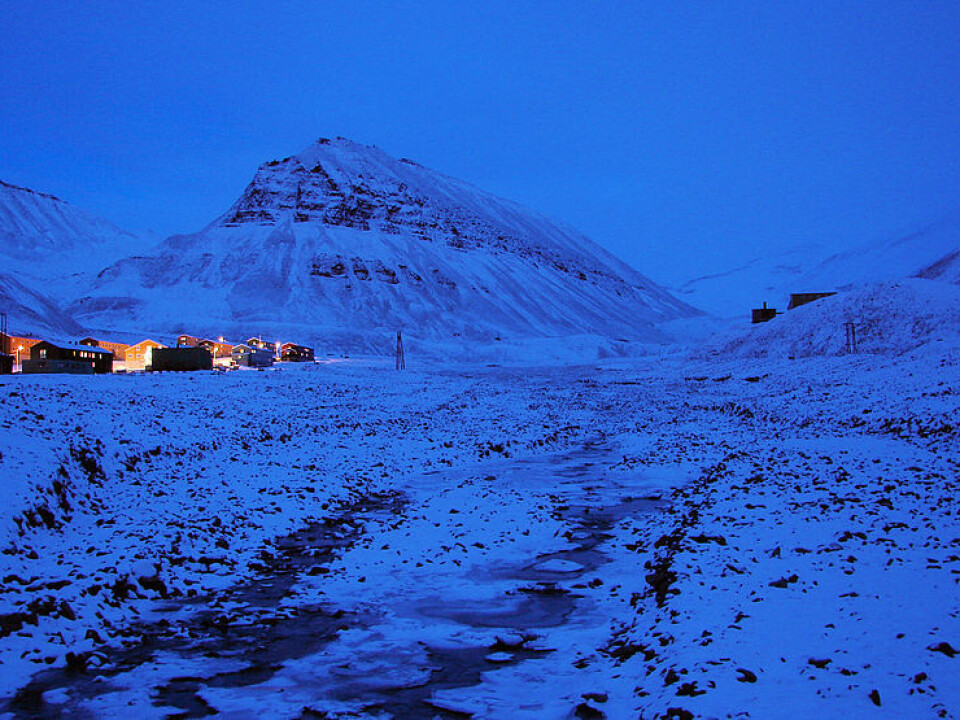
The participants had no preconceptions about what the researchers were looking for as regards the seasons.
But participants have known what the topic was in previous studies, so the earlier results could have been erroneous.
Winter depression
The media has played up what is referred to as winter depression. This is a depression that is more common in winter because of smaller amounts of light. Some people are treated with artificial light during the dark winters because of it.

“Insomnia and depression are closely linked,” says Sivertsen.
Researchers behind the study had access to data from nearly 50,000 persons who live in Nord-Trøndelag County from the HUNT study that ran from 1995 to 1997 and they expected a clear increase in sleeping disorders during winters.
“And we expected the opposite with regard to amounts of sleep – we thought people spent less time in bed in the summer because of all the light,” says Sivertsen.
But it wasn’t so. These Norwegians living at a relatively high latitude spend an average of eight hours a day in bed – year round.
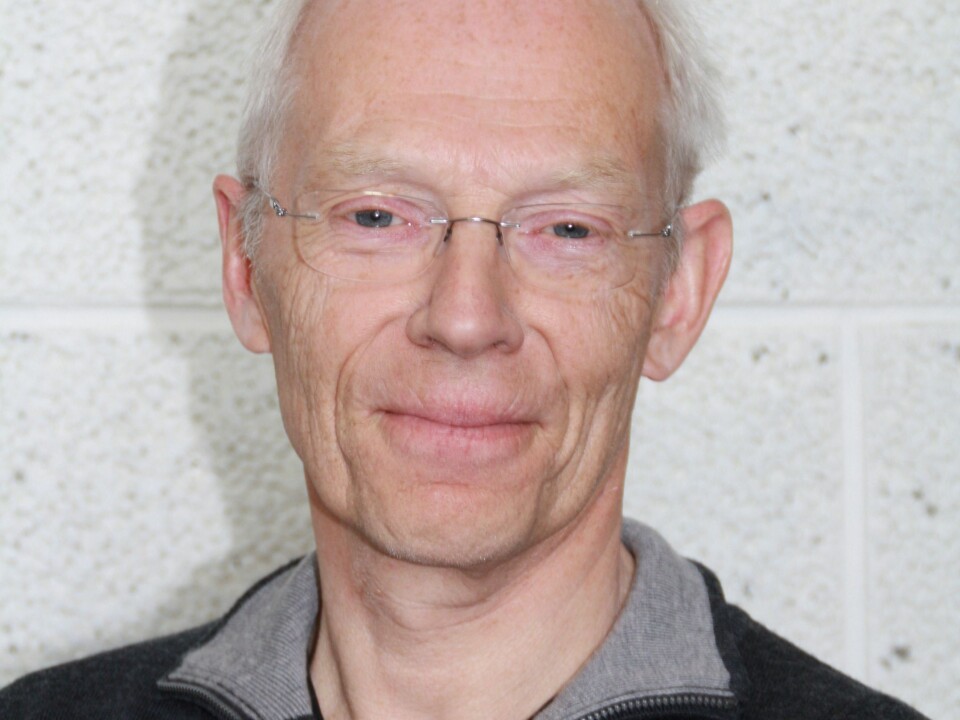
“We found no seasonal trend whatsoever,” says Sivertsen.
SAD debate
He says however that there are no doubts that some individuals claim to sleep less well in the winter.
“But this isn’t a general phenomenon. There has been a lot of debate about the existence of winter depression, or Seasonal Affective Disorder (SAD), as it is called.
In the 1990s several studies were published that showed a large increase in depressions during the winter months, especially toward the far north.
“Later on several studies have given reason for doubts about this phenomenon,” explains Sivertsen.
For instance a study from Iceland showed no changes in anxiety and depression in the course of a year.
The incidence of winter depression generally varies from 0.5 percent to 12 percent.
“The biggest variation is mainly from disagreement regarding definitions of the condition. Should tallies be made from symptoms or should the persons in the study have real clinically defined depressions?” queries Sivertsen.
Not blind
A common trait of many of the earlier studies about sleeping problems and seasonal variations is that these were not blind tests.
In other words the researchers had asked the subjects direct questions regarding whether their sleep quality was affected by the seasons. Thus they revealed their hypothesis to the participants in the study.
Often they’ve also been informed that it was a study of seasonal variations in sleep, anxiety, depression, etc.
“If the person you are investigating understands what you are looking for, you are more likely to get a yes, because the subject thinks ‘it sounds reasonable, so I guess I have that too,’” asserts Sivertsen.
In addition he mentions a so-called publication bias – positive finds are more often published than ones that don’t turn up any particular effects.
Patients get the message
Sivertsen doesn’t dare to go so far as to recommend tossing out the diagnosis of winter depression, but he stresses that sleep patterns are so stable that they cannot be influenced significantly by amounts of daylight.
“Sleep quality is consistent even though the amount of daylight varies a great deal. This is interesting clinically too, especially because patients can be notified about this. I think a study like this is important when you are treating patients with sleeping problems,” he says.
Winter depression might be used to explain a variety of things and people can be led to think they suffer from it and thus experience an unfortunate reinforcement of symptoms,” thinks Sivertsen.
A little further north?
He thinks the results would have been different if the study had been conducted a little further north.
“If you were living outdoors at the North Pole your body would probably react. But we do what we can to adapt through our indoor environment. Our modern lives are spent in plenty of artificial light during the winter and we use curtains and blinds to shut out some of the daylight during the summer,” says Sivertsen.
The light affects the body’s production of melatonin, a hormone that also makes it easier for us to sleep.
Believes in sleep variations in the north
Professor Vidje Hansen at the Department of Clinical Medicine at the University of Tromsø is one of those who have been very sceptical about the diagnosis of winter depression or dark season depression.
At the same time he has participated in studies that have shown a seasonally related variation in sleeping disorders in North Norway.
He appreciates the study by Sivertsen and colleagues but is uncertain whether the result would be found further north.
“They’ve produced a great study. They have a large amount of data, solid methodology and they are correct that this is one of the few studies in which the subjects aren’t aware that the object is to detect sleeping problems in the dark time of the year,” says Hansen.
But he thinks that one explanation of the result is that the study is from Nord-Trøndelag, which is south of the Polar Circle so the sun never disappears completely below the horizon for days on end.
Not as distinct as we thought
“We find a clear variation for both Finnmark and Tromsø. It’s possible that the differences would have been less distinct if we had a completely blind design. Nevertheless I think that a person can expect to have more trouble sleeping well in a region where the sun doesn’t rise,” says Hansen.
“I actually don’t put much stock in winter depression, but I do believe in sleep variations. The new results don’t completely eliminate the notion that such little light as we get during winter in North Norway can be the cause of sleeping problems,” he says.
Hansen says he is working with new analyses of previously collected data, with a similar thematic subject in mind.
“I can divulge that here too we see that some of the differences we previously saw are not as evident as we thought. But the analysis of this isn’t finished yet,” he says.
He agrees that the study of the people in Nord-Trøndelag contributes to undermining the concept of winter depression.
------------------------------------
Read this article in Norwegian at forskning.no
Translated by: Glenn Ostling
Scientific links
- Børge Sivertsen, Simon Øverland, Steinar Krokstad and Arnstein Mykletun; Seasonal Variations in Sleep Problems at Latitude 63°–65° in Norway -The Nord-Trøndelag Health Study, 1995–1997; American Journal of Epidemiology; May 2011. (Abstract)
- Andres Magnusson, Johann Axelsson, Mikael M. Karlsson and Högni Oskarsson; Lack of Seasonal Mood Change in the Icelandic Population: Results of a Cross-Sectional Study; American Journal of Psychiatry; February 2000. (Abstract)
- Hansen V, Skre I, Lund E; What is this thing called "SAD"? A critique of the concept of Seasonal Affective Disorder; Epidemiol Psichiatr Soc; Apr-June 2008;17(2):120-7.(Abstract)







